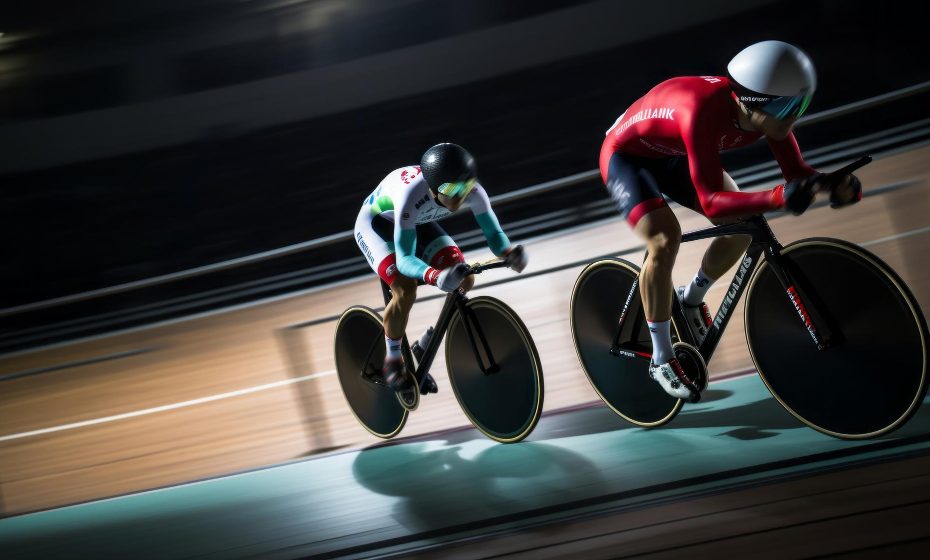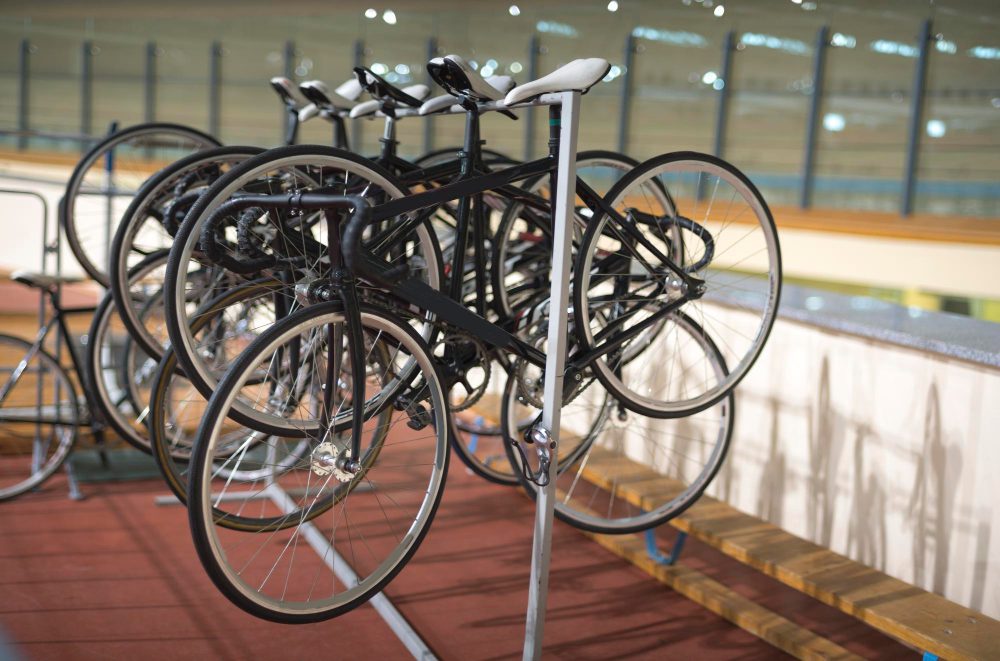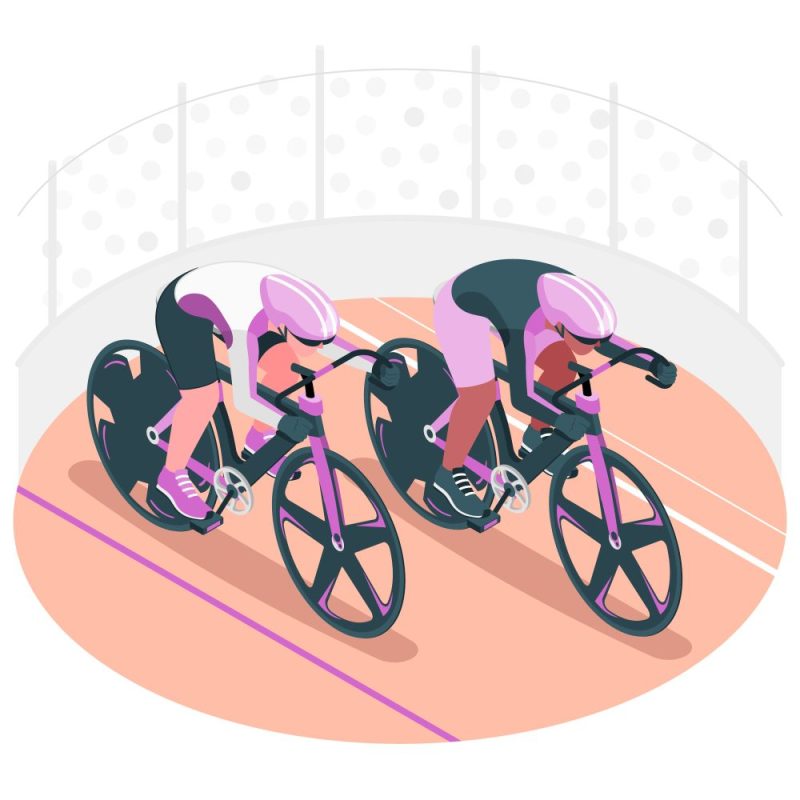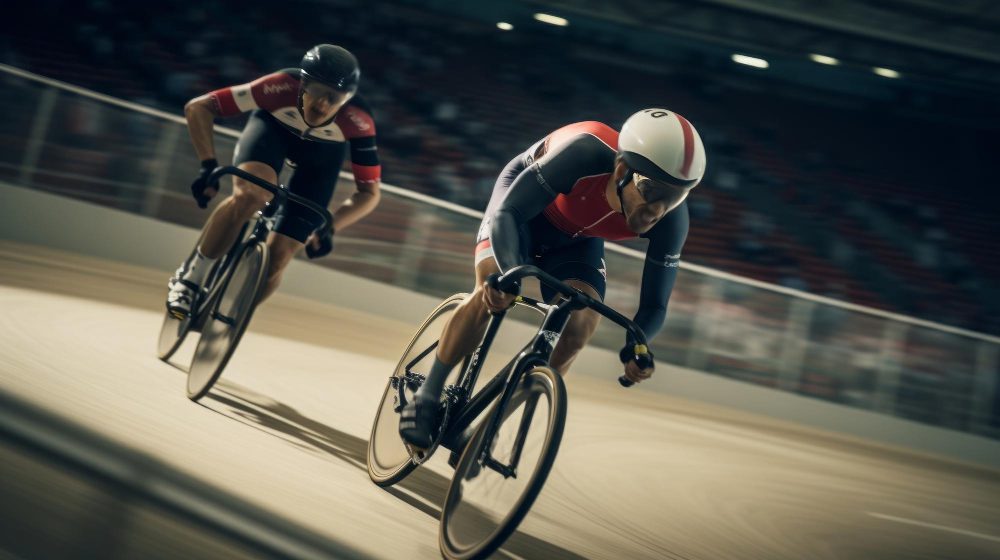How do you ride a track bike?
Riding a track bike can be an exhilarating experience, whether you’re a seasoned cyclist or new to the sport. Track cycling is a popular discipline in the UK, with numerous velodromes available for enthusiasts to test their skills. However, riding a track bike requires a specific set of techniques and equipment due to the nature of the sport. In this article, we will explore the fundamentals of riding a track bike and provide useful tips for beginners.
Understanding Track Bikes
Track bikes, also known as fixed-gear bikes, differ from traditional road or mountain bikes in various ways. The most significant distinction is the lack of freewheel mechanism, meaning the pedals and the rear wheel are directly connected. This results in a unique riding experience where the pedals are continuously in motion, even when coasting downhill or braking. Additionally, track bikes typically have no brakes, relying solely on the rider’s leg power to control speed and stop the bike.
The Velodrome Experience
Track cycling predominantly takes place on velodromes, oval-shaped tracks specifically designed for this sport. Velodromes consist of a smooth, banked surface that allows riders to maintain high speeds during races and training sessions. Riding on a velodrome requires a combination of skill, precision, and proper technique.
Essential Techniques
Riding a track bike demands mastering a few essential techniques to ensure your safety and optimize performance. Here are some key techniques to focus on:
- Pedal Efficiency: Maintaining a smooth and efficient pedal stroke is crucial when riding a track bike. Aim to maintain a consistent cadence while applying power throughout the entire rotation.
- Cornering: Cornering on a velodrome can be challenging due to the high speeds and steep banking. It is essential to lean into turns, using your body weight to maintain stability and control.
- Sprinting: Track cycling often involves explosive sprints to gain an advantage over competitors. Practice accelerating quickly and efficiently from a standing or rolling start, utilizing your leg strength and body position to generate maximum power.
Track Bike Safety
Safety should always be a top priority when riding any type of bicycle, and track bikes are no exception. Since track bikes lack traditional braking systems, it is crucial to anticipate your speed, plan your movements, and use proper riding etiquette when sharing the velodrome with others. Always wear appropriate safety gear, including a helmet, to protect yourself in case of a fall or collision. Familiarize yourself with the specific rules and regulations of the velodrome you are riding at to ensure a safe and enjoyable experience for everyone.
“Track cycling provides a thrilling experience that challenges both your physical and mental abilities. Learning to ride a track bike opens up a whole new world of possibilities for cyclists seeking an adrenaline rush and intense competition.” – Track Cycling UK Magazine
Is riding a fixed gear bike hard?
Riding a fixed gear bike, also known as a fixie, has become increasingly popular in recent years. While some may find it intimidating at first, riding a fixed gear bike can be a rewarding experience once you get the hang of it.
What makes fixed gear bikes different?
Unlike traditional bikes, fixed gear bikes do not feature a freewheel mechanism. This means that the pedals are always in motion when the bike is moving, and you cannot coast or freewheel. As a result, riding a fixed gear bike requires a different set of skills and techniques compared to riding a bike with gears.
The learning curve
For beginners, riding a fixed gear bike can be challenging initially, especially if you’re accustomed to riding bikes with multiple gears. The lack of gears means you have to rely solely on pedal power to maintain speed and control the bike’s movement. This can make starting from a standstill or climbing hills more difficult.
However, with practice, riding a fixed gear bike becomes easier and more intuitive. The direct connection between your feet and the bike’s movement allows for a greater sense of control and a more connected riding experience. You’ll quickly develop a feel for the bike’s momentum and learn to anticipate its response to your pedaling.
Advantages of riding a fixed gear bike
While there may be a learning curve, riding a fixed gear bike offers several advantages. Firstly, the simplicity of the design means fewer components to maintain and less chance of mechanical failures. Additionally, the absence of gears can help improve your pedal stroke efficiency and overall cycling technique.
“Riding a fixed gear bike forces you to become a more mindful cyclist, constantly aware of your pedaling and the road ahead.”
Fixed gear bikes are also often praised for their aesthetic appeal and minimalist design. They have a distinct retro look that has gained popularity among urban cyclists.
Tips for riding a fixed gear bike
- Start in a flat, open area to get used to the bike’s handling.
- Practice skidding and braking techniques to improve control.
- Be mindful of your cadence to maintain a smooth pedal stroke.
- Consider using foot retention systems like toe clips or clipless pedals for added safety.
- Gradually increase your mileage as you become more comfortable with the bike.
While riding a fixed gear bike may take some time to master, the challenge can be part of the fun. So, if you’re up for trying something different and immersing yourself in the world of fixies, don’t be deterred by the initial difficulty – it’s a skill that can be learned and will ultimately enhance your cycling experience.
Why do track cyclists go slow?
Track cycling is an exhilarating sport that combines speed, skill, and strategy. When watching track cycling events, it may seem puzzling at times why the cyclists appear to be going slow or seemingly not pedaling as fast as they could. However, there are several reasons behind this perceived slowness, which actually serve a purpose in the context of the race.
The importance of pacing
One of the key reasons track cyclists appear to be going slow is the strategic element of pacing. In longer track events, such as the individual pursuit or points race, conserving energy is crucial for maintaining stamina throughout the race. By starting at a slower pace, cyclists can gradually increase their speed and strategically plan when to make their move, ensuring they have enough energy for crucial moments.
Aerodynamics and tight corners
Track cycling takes place on a velodrome, a specially designed indoor track with steep banked corners. These tight corners require careful navigation, with cyclists often needing to reduce their speed to maintain control and prevent accidents. Additionally, aerodynamics play a major role in track cycling, and lowering speed on the straights helps cyclists maintain a more streamlined position, reducing wind resistance and maximizing their efficiency.
Tactical positioning and race dynamics
Track cycling is as much about strategy as it is about speed. Slowing down or maintaining a slower pace can be a tactical maneuver to control the race dynamics. Cyclists may deliberately choose to ride slower to manipulate their opponents’ positions, force them out of advantageous spots, or set up opportunities to launch attacks. This tactical play adds an exciting layer to the race and keeps viewers on the edge of their seats.
“Track cyclists strategically pace themselves, navigate tight corners, and employ tactical maneuvers to gain a competitive edge.”
In conclusion, track cyclists go slow for various reasons that contribute to their overall race performance. Pacing, aerodynamics, and tactical considerations all play their part in this dynamic sport. While it may appear counterintuitive, the perceived slowness of track cyclists is an integral aspect of their strategy, ultimately allowing them to unleash bursts of speed and make calculated moves at the right moment.



